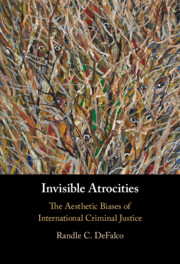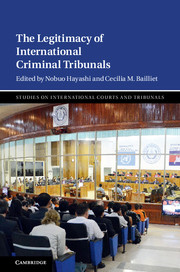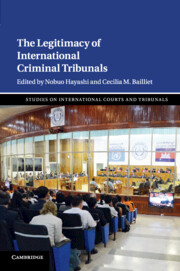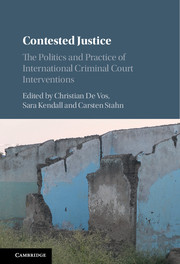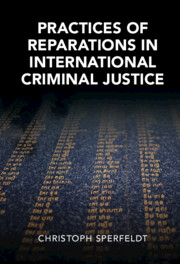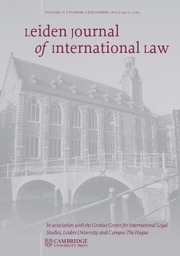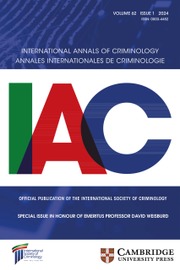Invisible Atrocities
International criminal justice is, at its core, an anti-atrocity project. Yet just what an 'atrocity' is remains undefined and undertheorized. This book examines how associations between atrocity commission and the production of horrific spectacles shape the processes through which international crimes are identified and conceptualized, leading to the foregrounding of certain forms of mass violence and the backgrounding or complete invisibilization of others. In doing so, it identifies various, seemingly banal ways through which international crimes may be committed and demonstrates how the criminality of such forms of violence and abuse tends to be obfuscated. This book suggests that the failure to address these 'invisible atrocities' represents a major flaw in the current international criminal justice system, one that produces a host of problematic repercussions and undermines the legal legitimacy of international criminal law itself.
- Assesses the role aesthetics play in the social construction of shared understandings of genocide, crimes against humanity and war crimes and why and how this aesthetic model has persisted in dominant narratives of international criminal justice
- Provides an analysis of opportunities within existing international criminal law doctrine to address various novel forms of mass harm causation
- Assesses international criminal law's potential applicability to a variety of real-world situations involving the production of mass harms through slow, unspectacular causal processes and analyses how the aesthetic biases of international criminal justice affect legal legitimacy
Product details
March 2022Adobe eBook Reader
9781108800495
0 pages
This ISBN is for an eBook version which is distributed on our behalf by a third party.
Table of Contents
- 1. Introduction: Visible and invisible atrocity crimes
- 2. The atrocity aesthetic: International crimes as horrific spectacles
- 3. Maintaining invisibility: Aesthetic perception and the recognition of international crimes
- 4. Unspectacular atrocities and international criminal law
- 5. Visible and invisible international crimes: Cambodia and beyond introduction
- 6. The costs of invisibility: An incomplete list introduction
- 7. Aesthetic bias and legal legitimacy: An interactional assessment
- 8. Conclusion: Addressing the many forms of atrocity crimes.

